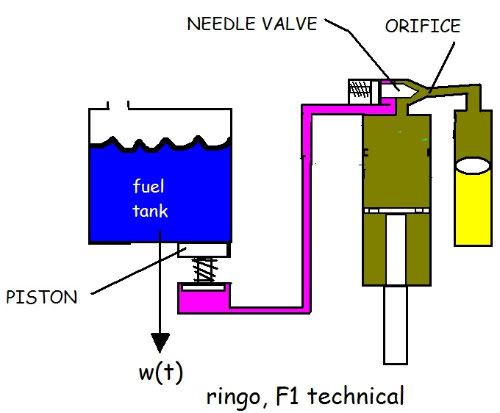ringo wrote:I have a better idea. Coming up!
I should patent this next one before i even put it up

. That last one looks primitive to the next, but it's a similar principle.
I guess it's my intellectual property if I can prove it's mine right?

It takes money and time to get a patent, and it has to be obtained for many countries for protection in those countries. Proof of ownership should be able to protect an idea for a while I suppose?
Where's Autogyro, I want to hear his opinion.
Difficult question ringo. Without seeing it I cannot judge.
However most variations on controlling suspension have been done.
I have recently been studying all the relevent Ferrari patents on hybrid technology and this has made me laugh on a number of points. They seem to think they can patent the fact that the car has four wheels.
You should look at some of these, the words rarely make any sense to me. Might be better in Italian I suppose, who knows.
In the UK ringo you can get a patent on line for just over £100 if you study the project enough to write most of it yourself.
Having read your posts on here for a while, I can confidently say that you would do a better job than the clown who writes the Ferrari patents.
Also ringo, you can talk to anyone under a non disclosure agreement.
In my case, I have someone connected with some of my projects who I have no doubt would sue the ass off anyone who tried to rip me off, no matter where in the world. Difficult if you are not that confident.

